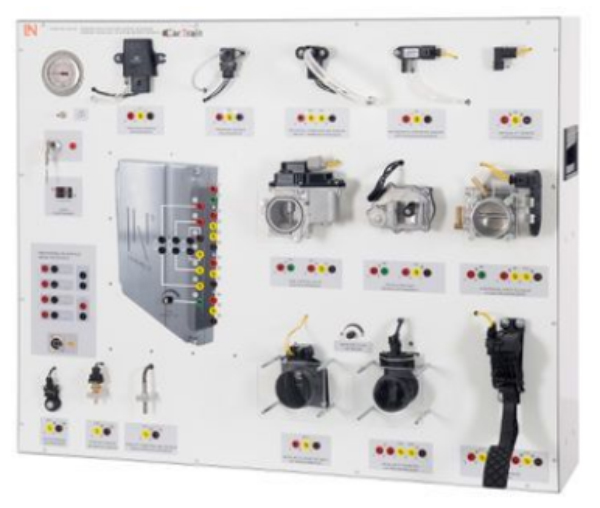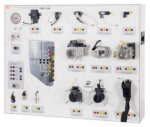Sensor and actuator technology in engine management

This training system from the “CarTrain” product family permits hands-on experimentation and demonstrations
using a variety of engine-management sensors. The system’s practical design makes for highly realistic training.
The students perform diagnostics and repair work in the area of engine management – just the way it is required
on the job.
- Investigate customer complaints, perform operation checks and
establish diagnostics methods - Read out fault memory
- Work safety
- Become familiar with where components are in the vehicle
- Determine faults and their causes with the aid of circuit
diagrams and functional plans - Create inspection record and document results
- Find out how data communication works between the
component and the control unit - Recognise what the repair options are
- Perform system measurements and tests
- Determine the target data
- Select appropriate measurement methods and
instruments - Document measurement values
- Compile measurement values, compare these to target data
and evaluate - Measure signals to components and measure, test and
evaluate systems - Measure, test and evaluate electrical connections
- Design and function of pressure sensors
- Design and function of temperature sensors
- Design and function of air-quality sensors
- Advantages and disadvantages of individual sensor types
- Measurement options for recording the signals from various
types of sensors in actual practice - Measurement prerequisites for recording signals from various
types of sensors in actual practice - How sensors and actuators interact
- IPO principle
- Open-loop control processes in the motor vehicle
- Closed-loop control processes in the motor vehicle
- Difference between open- and closed-loop control

